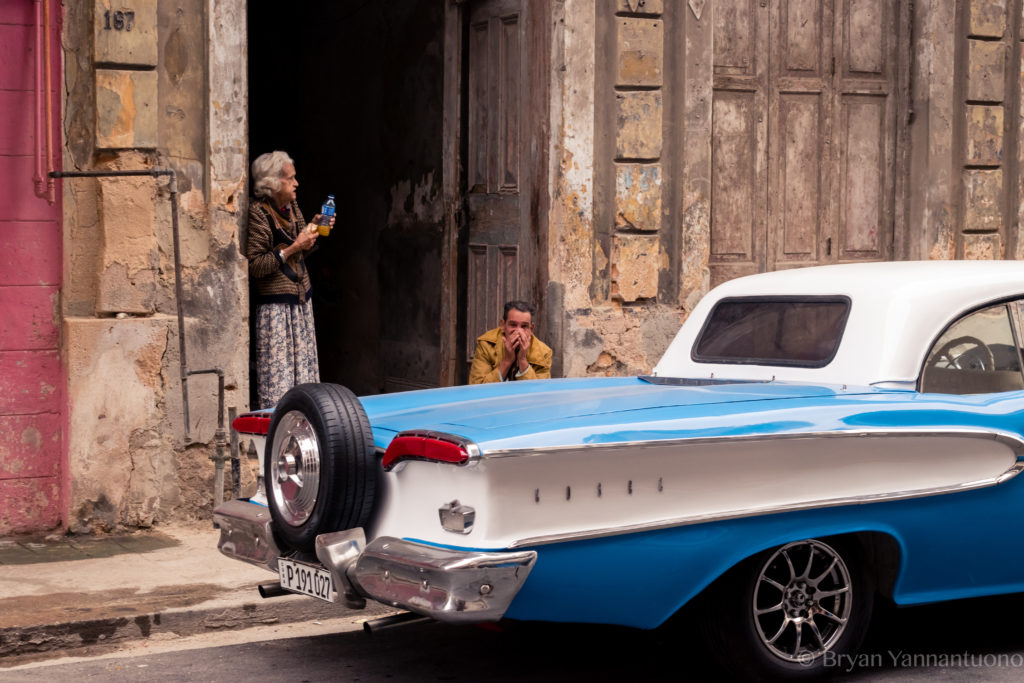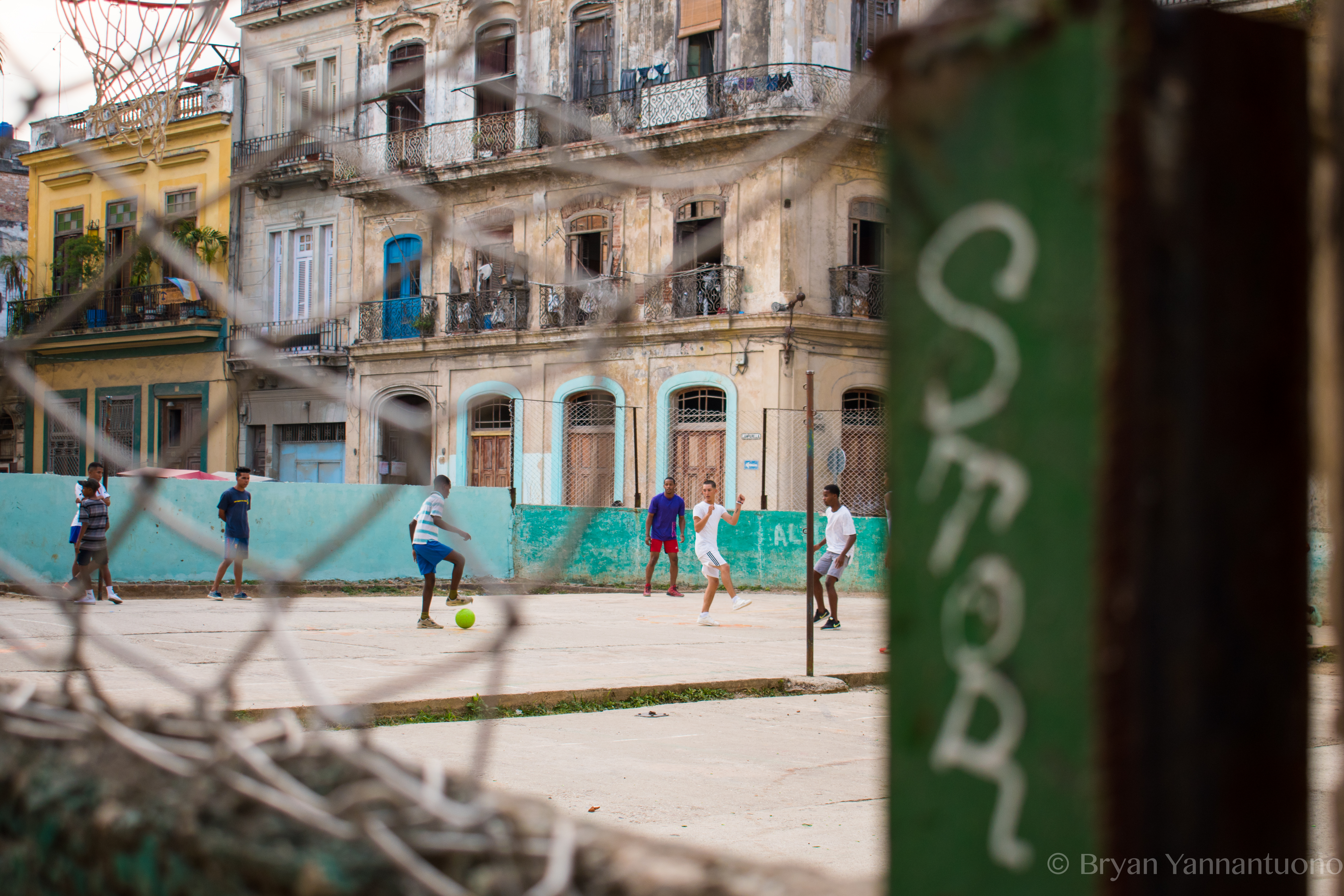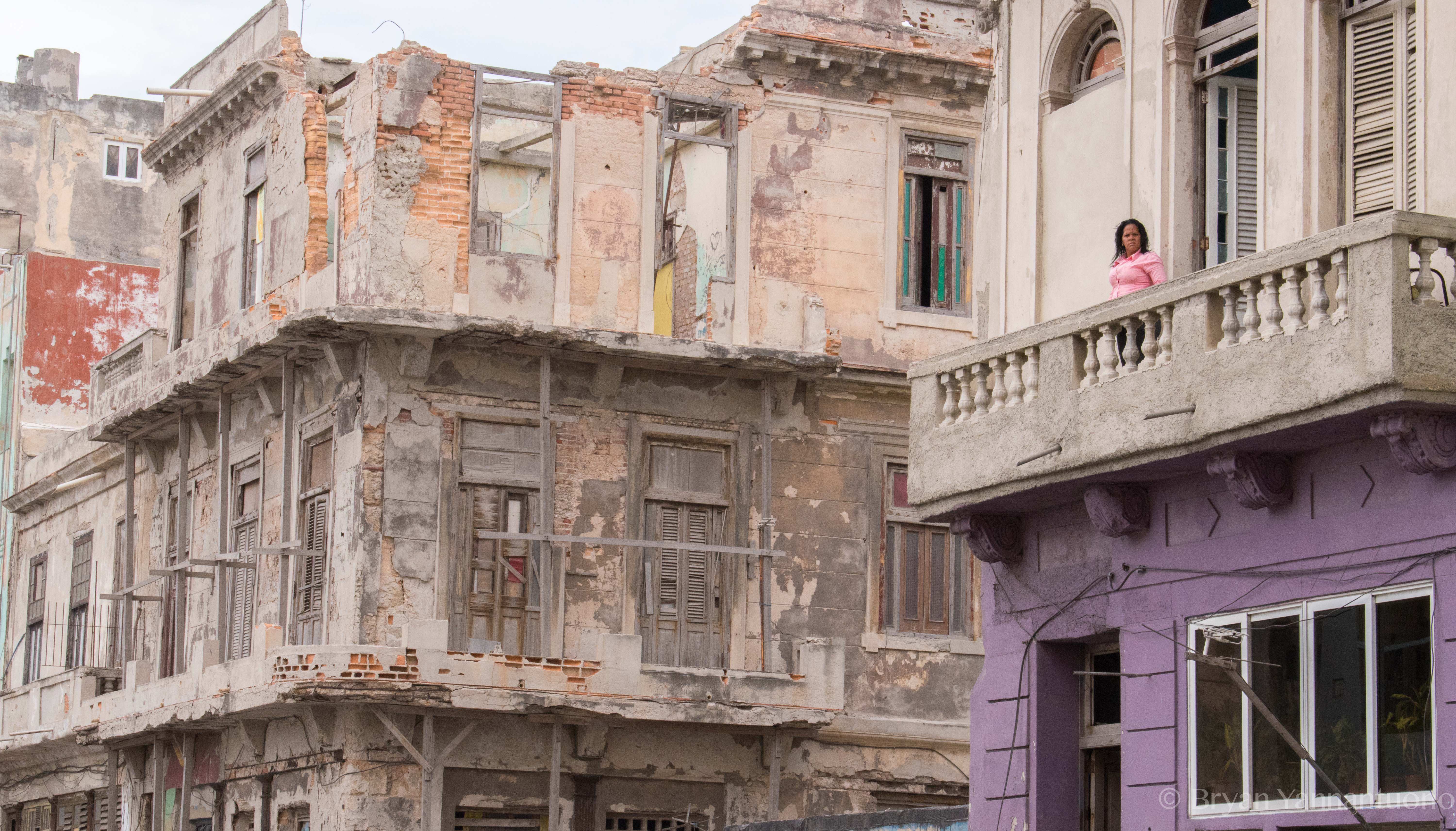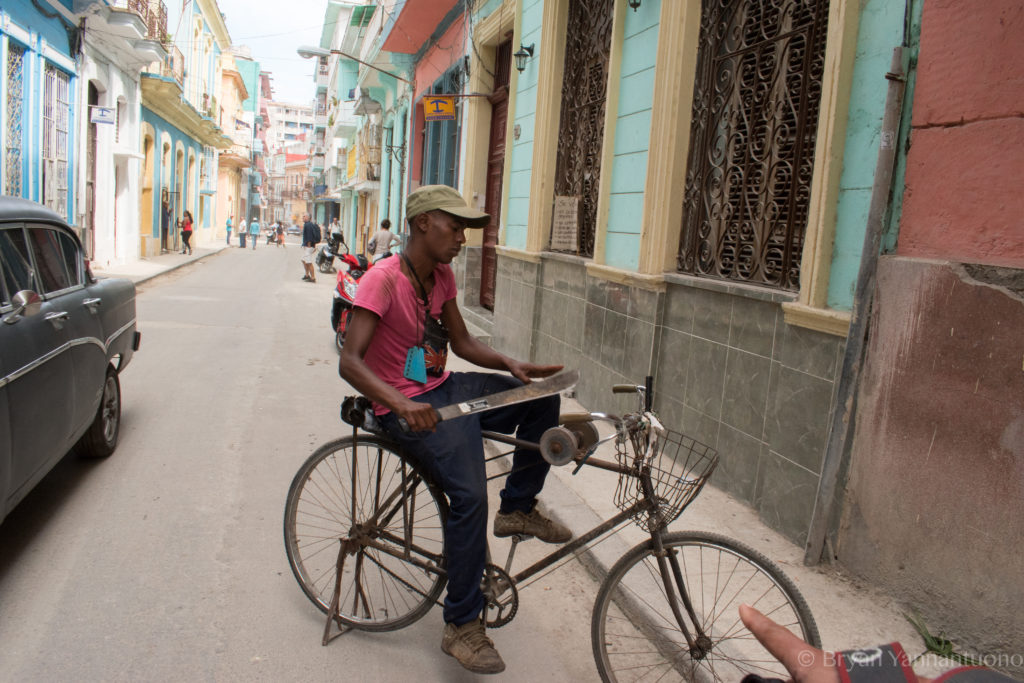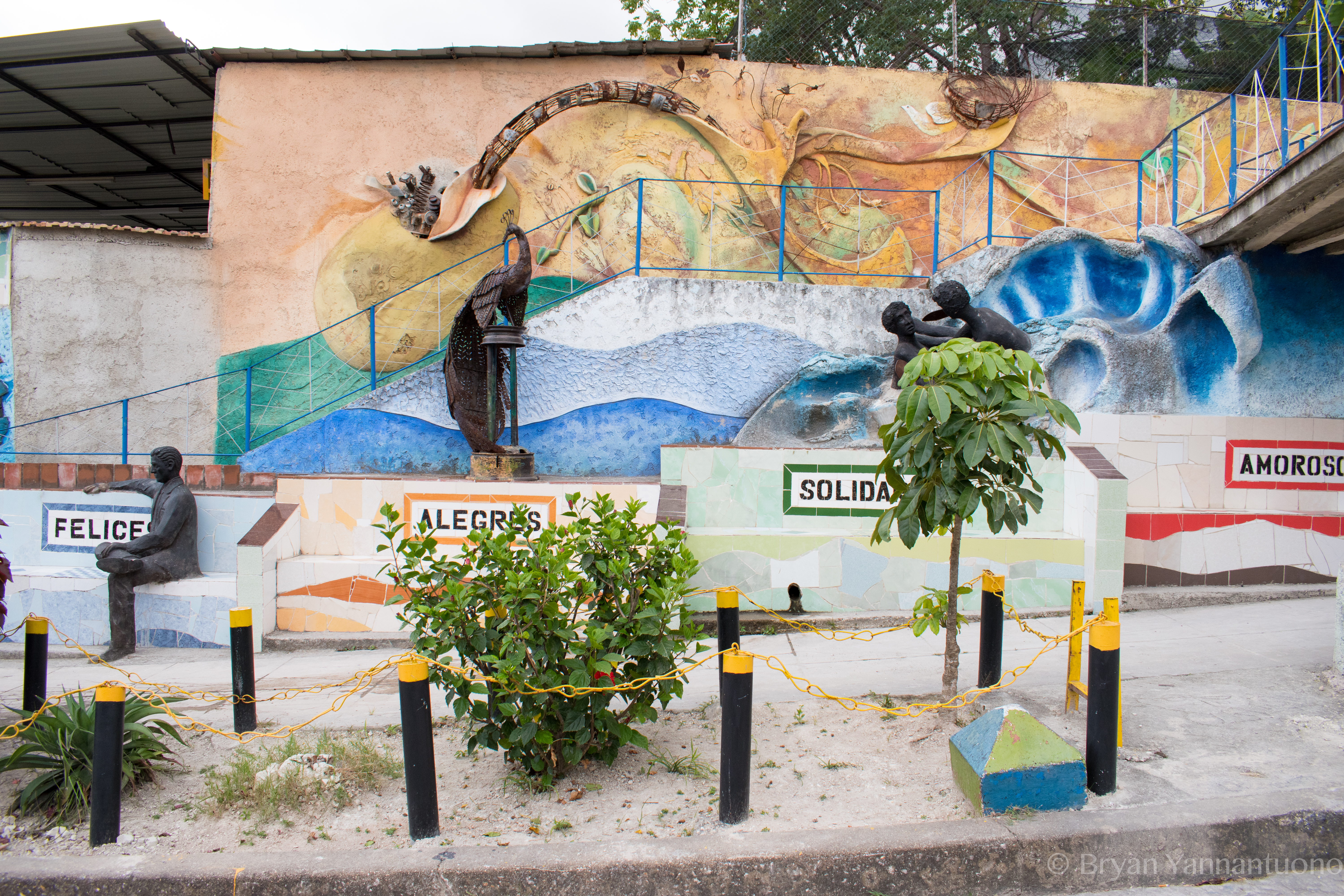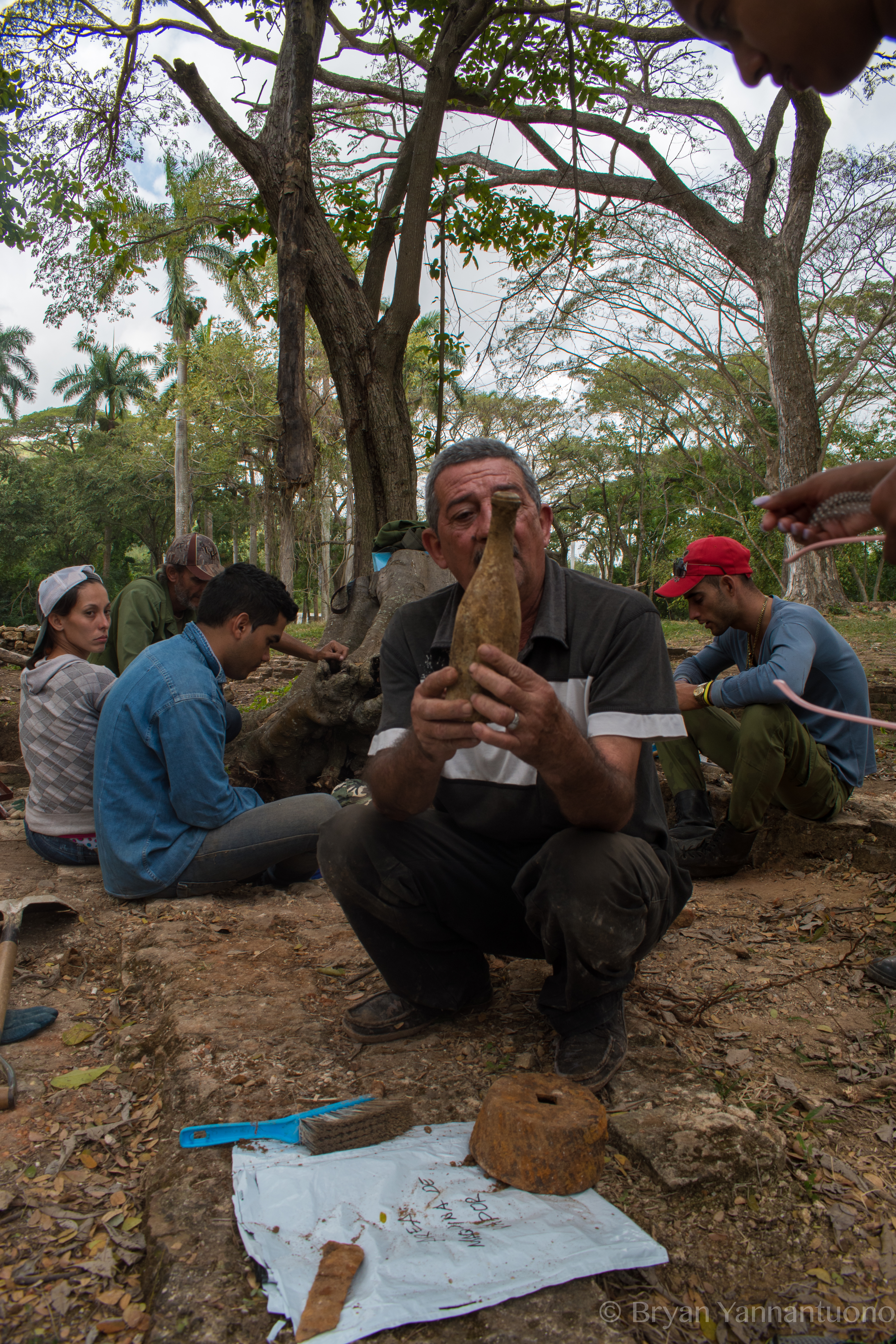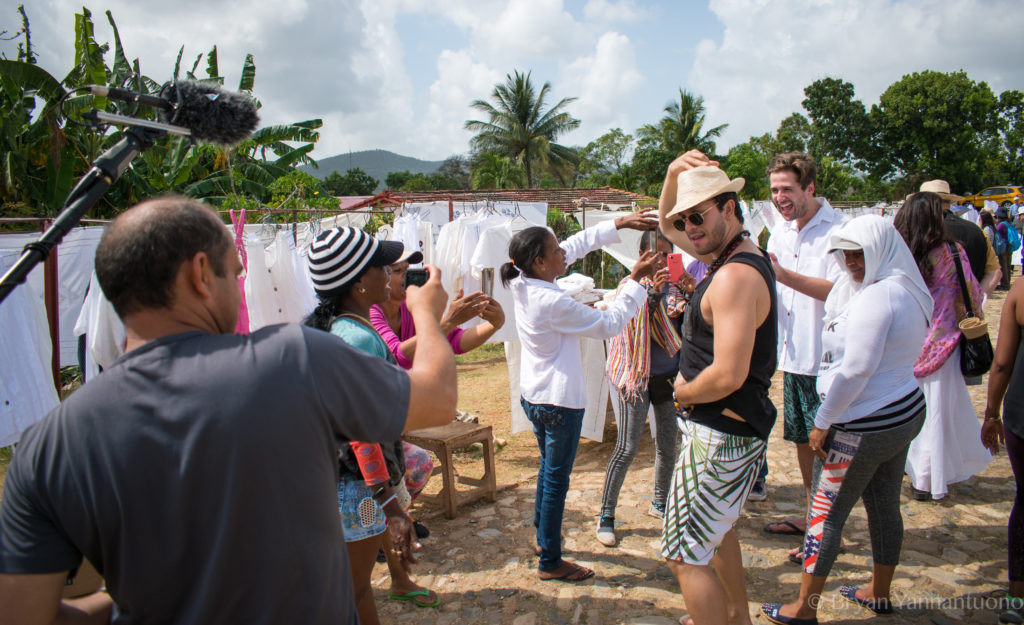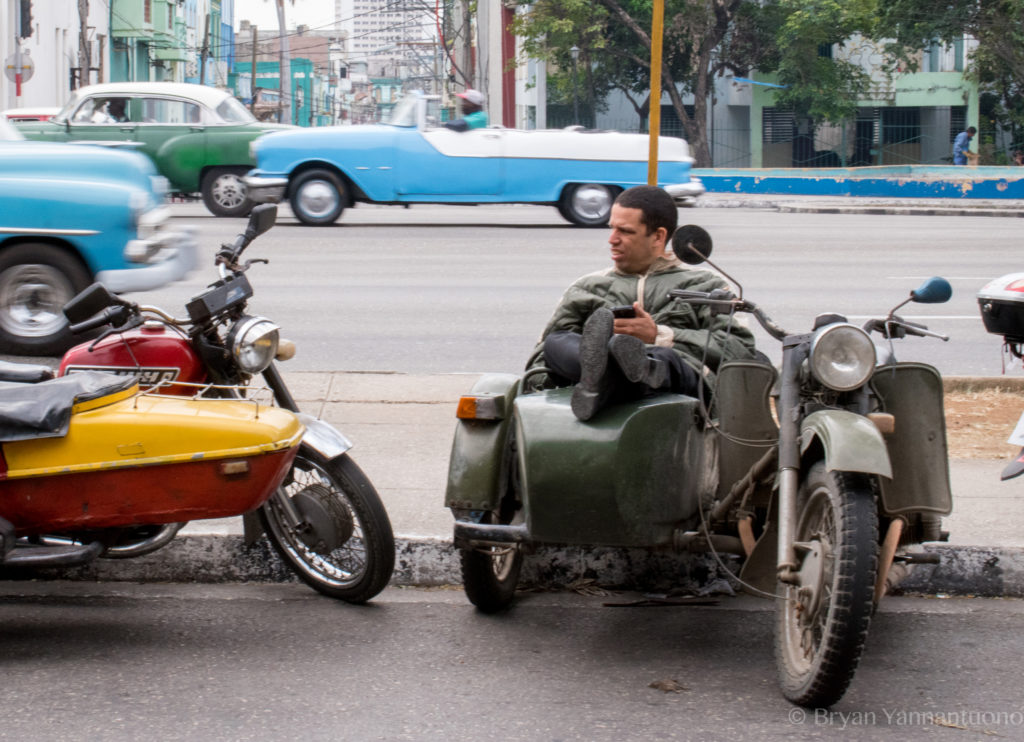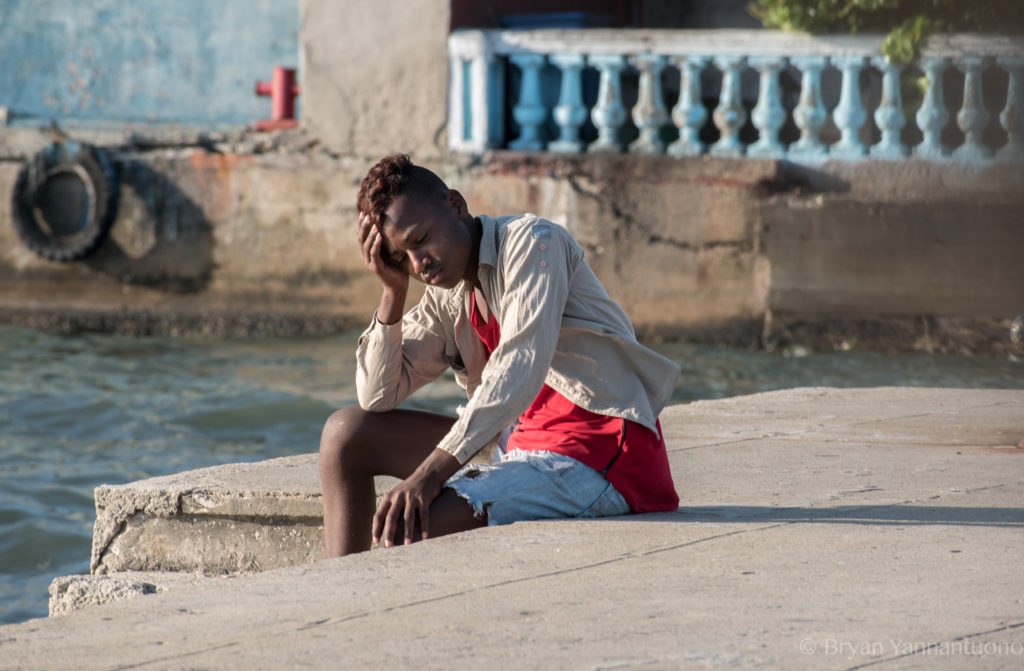Cuba
In March 2018, I kept the promise I made to myself long ago: to transcend the looking glass and somersault backwards in time to a place once more forbidden than North Korea, Afghanistan, or Iran.
As I raced through a pre-dawn blizzard to catch my flight, I couldn’t help but wonder what was on the other side. The long-embargoed island, just 90 miles from the tip of Key West, has been equally romanticized and villainized in recent history. Cuba, once known as the Pearl of the Antilles, was blazed in brilliant colors by the likes Desi Arnaz, Sammy Davis, Jr., and the (in)famous expatriate, Ernest Hemingway. In the minds of many, Cuba conjures up the thought of strawberry daiquiris that last longer than pick-up baseball games and exotic rhythms that hum through Day-Glo colored houses at all hours of the night.
Yet to others, the island has long served as shorthand for the haunting specter of repression and regression. Since the Revolućion in 1959, Cold War memories of militants like Che Guevara and Fidel Castro have bled through mainstream American discourse. Whether in school, Hollywood, or the halls of Congress, we are told that there is no hope in a communist future. With shuttered homes, broken down cars, and food shortages, the apocalyptic visions some demagogues share suggest that the Cuban people are as depressed as its choked-off economy.
Landing in Havana with just the cash in my pocket and a camera in hand, I discovered that the truth sits suspended between both extremes. In just one short week, I was determined to meet as many artists, entrepreneurs, musicians, taxi drivers, dancers, activists, photojournalists, anthropologists, and every day good-hearted people as I could. Through these brief interactions—a brief blip within a frozen bubble of time––I caught a glimpse of the great Cuban spirit that has withstood that test of time and, I am certain, will continue persevering well into the next millennium.
When you’re traveling to Cuba for the first time, everyone tells you how incredible the cars are: the old Impalas, the Mercury Monterreys, the Ford Fairlanes frozen in time. (And, yes, there are a lotta Ladas). Beaming with brilliance as they cruise the coast, they are truly beautiful.
But when I look at them, I don’t see machines; I see metaphors for the Cuban people’s resilience. I see their passion for life. I see their drive for survival. I see their bold sense of style and their ingenuity for making it work with any spare part they can find. And I see how they can weather 60 years of potholes and still push forward. Take the first picture above, for example. The man loitering in the doorway of a flat that has seen better days immediately sprung up to speak to me when he saw my camera. With a sense of deep pride, he joyfully told me that every single part of his friend’s baby blue Edsel is original as if it just rolled out of the factory in 1958. In mint condition, the royally collectable Edsel might go for six figures in the States; in Cuba, it is nothing short of a miracle to maintain such a pristine piece of history.
Not everything is as well-preserved, however.
Between the US embargo and six decades of Communist rule, Cuba’s infrastructure has greatly deteriorated. Once the jewel of the Caribbean, most buildings are appallingly dilapidated. Though some Cubans (usually those who work in the private sector or receive money from relatives abroad) can renovate their homes, most cannot afford that luxury.
I spent one afternoon exploring Vedado with a local photojournalist who spoke about how common building collapses are even in the best of times. Standing in an area of the city where a storm surge would have reached my chin, he told me how his cousin’s girlfriend perished in Hurricane Irma after a wall collapsed onto the bus she was riding on. He then took me to the top of the building that his parents once lived in. After squeezing my way carefully up a narrow staircase stabilized in part by a 2×4, we reached the top floor which has been completely destroyed, leaving behind a sad, but memorable view of Old Havana’s skyline. Despite the constant danger of collapse, many families still live in buildings like this, some of which are still adorned with the engraved names of luxury hotels in the concrete. Fortunately, Havana is also abuzz with people working to make the city more livable, slowly but surely.
Construction workers are not the only one’s helping to build a brighter future. During my trip, I had the pleasure of meeting many Cuban artists who are teaching and inspiring a whole new generation. For example, I was impressed by the immense sense of creativity and capacity to upcycle old materials into masterpieces. As a community organization that empowers youth through art, Muraleando embodies these qualities perfectly. Not only are its sculptures created from trash (see Cuba’s patron saint the Virgin of Charity of Cobre surrounded by a golden aura of discarded wheels), but the building itself is actually an old water treatment plant. Artists now sell their work inside El Tanque.
At La Marca, a tattoo parlor and gallery, artists regularly hold openings and live performances just steps from the tourist hotels of old Havana. One of the highlights of my trip was talking with the owner and his father about the development of tattoo culture and underground music on the island today. Cubans are also known for their screen-printing prowess and, though I don’t have any pictures to share, you can get a sense of their power by visiting the website of a new American friend I met who has imported artwork from the island for decades.
March 2018 was a particularly special time to learn about Cuban civil society, as I had the opportunity to witness the parliamentary election firsthand. Though elections are neither free nor fair, it was fascinating to talk with poll workers and see Cubans cast their ballots. Because formal campaigning is not legal, public spaces are plastered with posters of the candidates in addition to the propaganda that normally adorns the island. Far from the flashy campaign ads of the West, the posters are extremely dry and simply detail the professional experiences of each candidate—all of whom are loyal Communistas. According to newspaper reports, “the candidates in this election were chosen by government-linked organizations, based on criteria such as their ‘merit, patriotism, ethical values and revolutionary history.’” At the polls, people selected members of the National Assembly of People’s Power, which went on to appoint the country’s next president in April. For the first time since the 1959 Revolution, the new President of Cuba—Miguel Díaz-Canel—is not a member of the Castro family, though Raul still remains leader of the Party. Unfortunately, I wasn’t allowed to take photos inside of people voting inside this school, but I was glad to learn more about how the (flawed) political process works.
Though Marxist-Leninist principles look down on religion, leading to religious repression (albeit not as severe as in other communist countries), the times are indeed changing. Recognizing that some 60% of Cubans follow Catholicism, the Pope visited the island in 2015 and, during that time, Raul Castro signaled that the Party would officially allow believers and that he might return to the church.
Another religion that has held strong for centuries is Santeria. Reflecting Cuba’s diverse culture, Santeria is a unique blend of Catholicism and West African religious customs. Created by slaves, especially those of Yoruba heritage, Santeria is a religion that emphasizes our common humanity, according to Priest Israel Bravo Vega of Casa Templo de Santeria Yemayá in Trinidad. Yemayá, the namesake of this temple, is earth’s great mother and goddess of the seas, responsible for nurturing and sometimes punishing mankind. Thankful for the santero’s lessons, Meera asked for a blessing before we slinked back into the blazing sun.
Beyond Cuba’s churches, the weight of history still hangs heavy in the humid air and tropical trees. As a UNESCO World Heritage site, the city of Trinidad and nearby Valley de los Ingenio (Valley of Sugar Mills) feel are defined by the ruins of plantations past. Historically isolated from the rest of the island, the thick terrain and lush forests formed a natural barrier that allowed Trinidadians to maintain some semblance of independence though they were technically ruled under the Spanish crown.
The land offered many blessings, most of all the perfect nutrients for sugarcane, which quickly came to dominate the Cuban economy. Rich landowners imported thousands of African slaves to till the land, harvest the sugar, and distill it into rum, molasses, and white sugar. The plantation I visited is still an active archaeological site—the scientists we met recently discovered a 300 year old bottle of English wine, highlighting the extreme social divide of the wealthy hacendados and the slaves who endured unimaginable squalor and brutality.
During a tour with the single most knowledgeable guide I’ve ever met, we also scaled la Torre Iznaga, a 150 foot tall tower built in 1816. Legend has it that two brothers competed for one woman’s affection by seeing who could build the most majestic monument. Though this brother built the tallest tower, he ultimately lost since the woman did not return his love. She might not have been impressed, but I sure was! After scaling the monument and surveying the lush valley below, I was truck by the unmistakable reminder of how avarice and violence combined to turn sugar into lucre and rum into blood.
Spring truly is the season of surprises! Sometimes they’re disappointing, like how, during my trip, DC saw a swirl of snowflakes instead of the usual pink cherry blossoms. Other times, they’re weird and wondrous.
So it was along a 40 km stretch of highway between Trinidad and Cienfuegos in southern Cuba. Each year, millions of terrestrial crabs migrate from the mountains to the warm waters of the Atlantic to lay their eggs. Scuttling as far as 6 miles at a time, the crabs’ biggest challenge is navigating wave after wave of impatient drivers who sadly flatten many a crushed-acean. If your tires aren’t punctured by their exoskeletons, you soon confront a new obstacle: dozens of vaqueros (Cuban cowboys) wrangling recalcitrant cattle out of the road. Luckily, the reggaeton kept us in good spirits and we eventually made it back to Havana with a new view of the island!
As isolated as the island is, what separates us most is not the turquoise straits of Florida, nor the enduring embargo: it is the presumption of knowledge.
We don’t know what we don’t know so we fall back on tired tropes and archetypes that fit neatly into our predetermined worldviews. And it is precisely arrogant ignorance that drains away faster than a fresh mint mojito when we travel beyond our borders, beyond our comfort zones. To hear Cuba used as an object to praise or malign any political ideology is to shed light on a mere kernel of truth––while ignoring the humbling humanity within. To experience the frenetic rhythm of salsa, the long breadlines, the thick scent of diesel waft through run-down streets, the smile of a little girl, and the salty air sweep across the Malecon is to unconsciously drop all preconceived notion and to meet reality face-to-face.
Cuba is not one-dimensional. It is at once vivaciously vibrant and stubbornly stagnant. It is both communistic and warm-hearted. It is frozen in time and it is hurtling toward modernity. It is a country isolated, but a culture connected.
And now a new generation is emerging. Armed with cautious optimism, good humor, and the same dogged determination that kept their families alive during the most trying times, this generation is eager to define themselves in a rapidly changing world.
De facto communities pop up in parks as Cubans gather to connect to state-controlled hotspots. In an increasingly interconnected era, every day Cubans are aware of what’s happening outside the island, they are proud of who they are, they desire many of the same things as us, and they are eager to share their stories.
In an age when it is all too easy to confine ourselves in our own echo chambers, it is more important than ever to open our eyes, our ears, and our hearts to the voices that are closer than we think.




